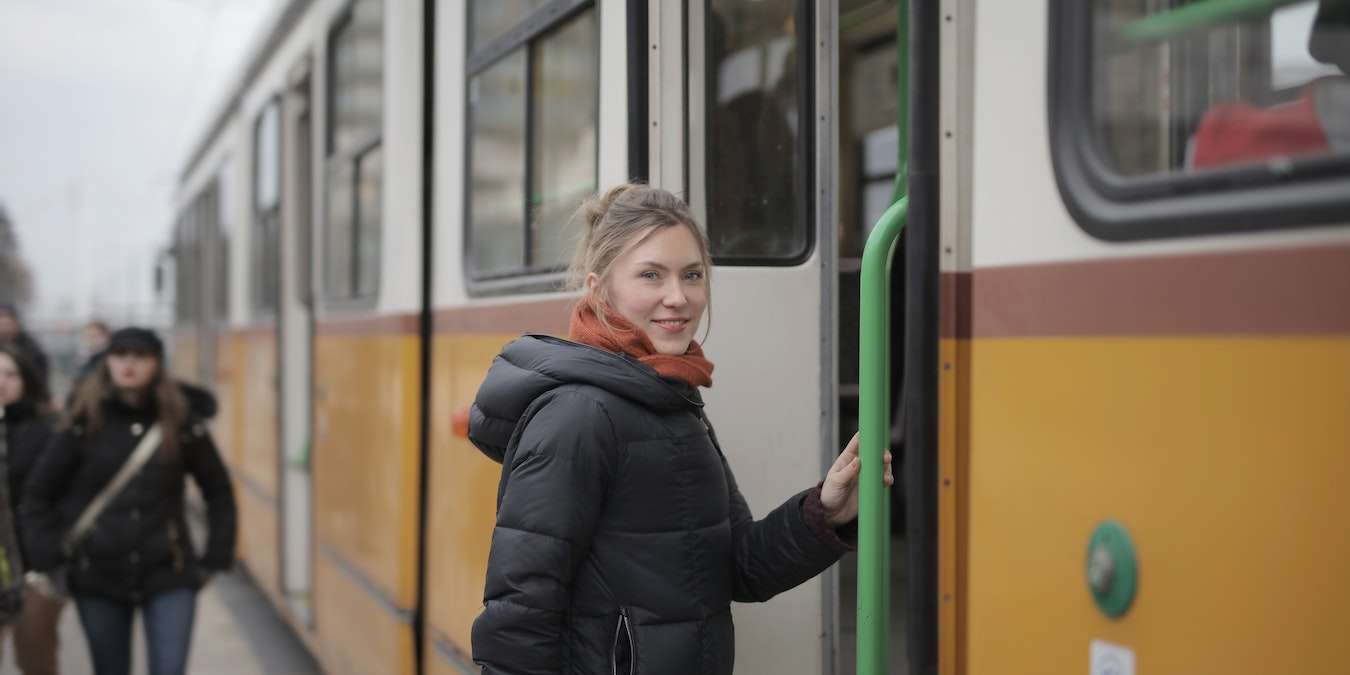
Whether you live in a city with a massive transit system or only utilize subways when visiting elsewhere, you need to know the basic etiquette for public transportation. By following these guidelines and expressing a general respect for others, you can ensure a positive and comfortable experience. Etiquette may seem like a set of invisible, unspoken rules, so here are some common tips we’ve outlined for you.
Tip: also check out some of the social gathering etiquette mistakes you should avoid.
1. Follow the golden rule
Treat others the way you would like to be treated. Most of us would prefer not to be shoved aside or hit with a suitcase so someone can run to their destination. Make a point to express the kindness, generosity, and patience to others that you would hope they would offer to you.
2. Keep to the right (or left)

While navigating staircases, escalators, or moving walkways, keep to the right (or left, depending on the country you are in). This allows any travelers who need to get by you the ability to pass you on the other side.
3. Avoid strong scents
You are sharing a space with thousands of other people. Some of those people may have migraines triggered by strong perfume or feel nauseous when they smell a tuna fish sandwich. Be considerate about the lotions and perfumes you apply, as well as any food you choose to consume.
4. Be punctual
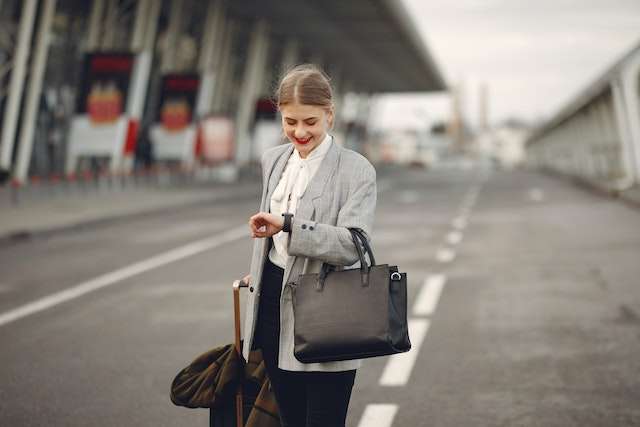
Running late is not only stressful for you, but it usually leads to circumstances that create chaos for everyone around you. When rushing, you’re more likely to injure yourself or someone else because you’re not paying attention to your surroundings or you’re multi-tasking on your phone. Also, depending on the mode of transportation, your tardiness might delay the ride for everyone.
5. Stay quiet
Riding public transit is already full of loud and stimulating noises, so don’t add to it. Avoid long phone calls or having loud conversations with fellow passengers. Use headphones to listen to music or watch videos on your device.
6. Keep your space clean
While airplanes have cleaning crews that make the rounds after each flight, most trains and buses cannot afford the same luxury. Each passenger is responsible for maintaining the cleanliness of the space by cleaning up after themselves and disposing of any trash. Even with airplanes, it is strongly recommended to dispose of trash when the flight attendant comes by with a trash bag during the flight. In a similar vein, keep your feet off the seats to avoid distributing debris.
7. Keep doorways and aisles clear
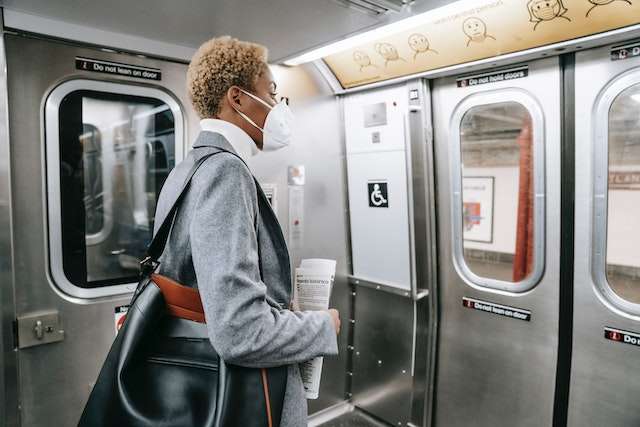
Not only is it a safety hazard, but it’s disrespectful to block the exit routes with your body and luggage just because you want to be the first one off. If you stay where you are supposed to, everyone will be able to exit the vehicle in a safe, orderly, and timely fashion.
8. Be kind to staff
Whether it’s a bus driver, train conductor, or flight attendant, the staff are there to make your experience as safe and smooth as possible. If things go wrong along the way, do not take out your frustration on them. Many unforeseen issues can arise, so practice patience.
9. Follow local guidelines and customs
Be sure to read all signage and ensure you are following the correct local rules. Remember that cultural expectations for sharing crowded spaces are different depending on where you are in the world. Do some research before jumping on the Tube in London, the T in Boston, MRT in Bangkok, or the Metropolitana in Italy.

For instance, in Thailand, you must give priority seating to Buddhist monks and children, in addition to elderly, disabled, and/or pregnant people. In Japan, there are usually certain train cars for making phone calls or eating, and it is expected that you do not engage in these behaviors on the regular carts. In France, be wary of scam artists who look to make a buck off tourists trying to buy tickets for the train.
When traveling in the skies
Here are some specific etiquette tips that apply to airplane travel.
1. Let passengers with connecting flights exit the plane first
Often, when flights are delayed, it can create stress for those who have connecting flights because their time window to make it to the next gate has suddenly been cut down. When the plane lands and passengers are cleared to exit the plane, kindly allow those select passengers hoping to make their next flight off the plane first.
2. Avoid rushing to exit the plane
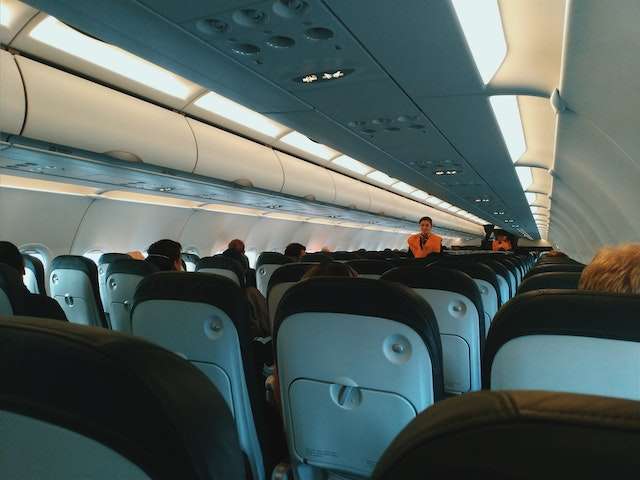
Unless you need to make a connecting flight, there is no need to rush the people around you when trying to exit the aircraft. Standing up in your seat and taking up room in the aisle does not help you get off the plane any faster. It does, however, make it more difficult for anyone who needs to exit the aircraft for emergency reasons.
3. Ensure your carry-on bag is not too large
There is limited room in the luggage compartments on public transit, but especially on airplanes. If you are even slightly worried about your carry-on being too big for the storage compartment, check your bag. Overly full compartments can lead to departure delays.
When utilizing public transit on the ground
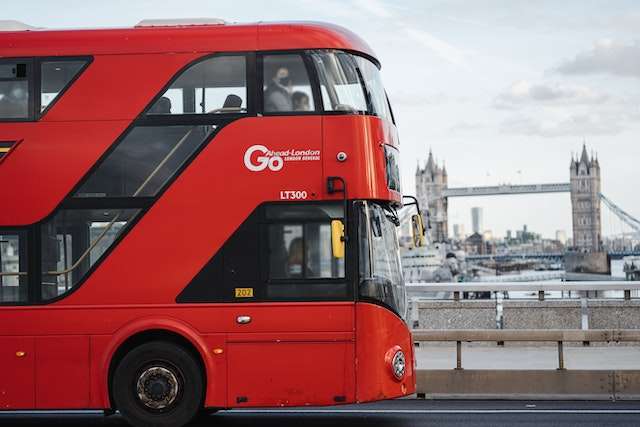
Keep these etiquette tips in mind specifically when traveling via train, light rail, subway, or bus.
1. Allow exiting before boarding
When the doors to the subway, train, light rail, or bus open, let people on the vehicle safely depart before making your way on. The onboarding process will be much smoother if the passengers exiting are given the appropriate time and space to do so. Rushing onto the train pushes departing passengers further back, making it harder for them to exit on time. This can also overfill the cart and make it difficult for new passengers to board.
2. Move to the back
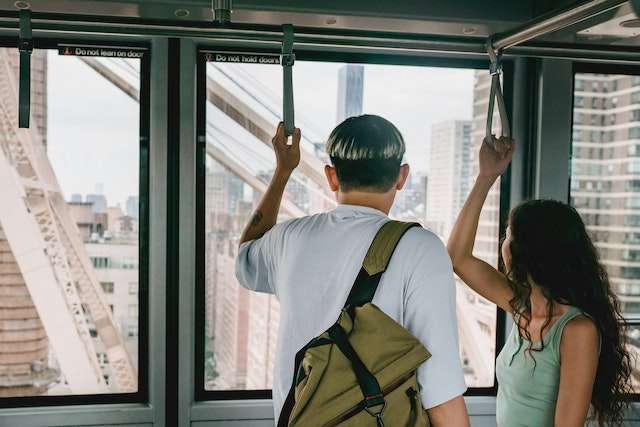
Once on board, move to the back of the cart to create more space for onboarding passengers.
3. Be prepared to offer your seat
Typically, there will be designated seats that are set aside for elderly, disabled, or pregnant passengers. If you choose to sit in this section, you must be prepared to give up your seat at any time if someone needs it more.
However, it is common courtesy to give up your seat in any spot if the vehicle is full and you see someone who is elderly, disabled, or pregnant. Even if you see someone holding a heavy bag of groceries, do the right thing and offer your seat.
You are ready to go
With millions of daily transit users, it can be easy for chaos to break out. However, when there is mutual respect and appreciation for the journey everyone is taking, the ride can be smooth, safe, and accessible for all. Once you arrive at your destination, refresh your memory on general social etiquette, so you’ll be good to go no matter the occasion.
Image credit: Pexels











